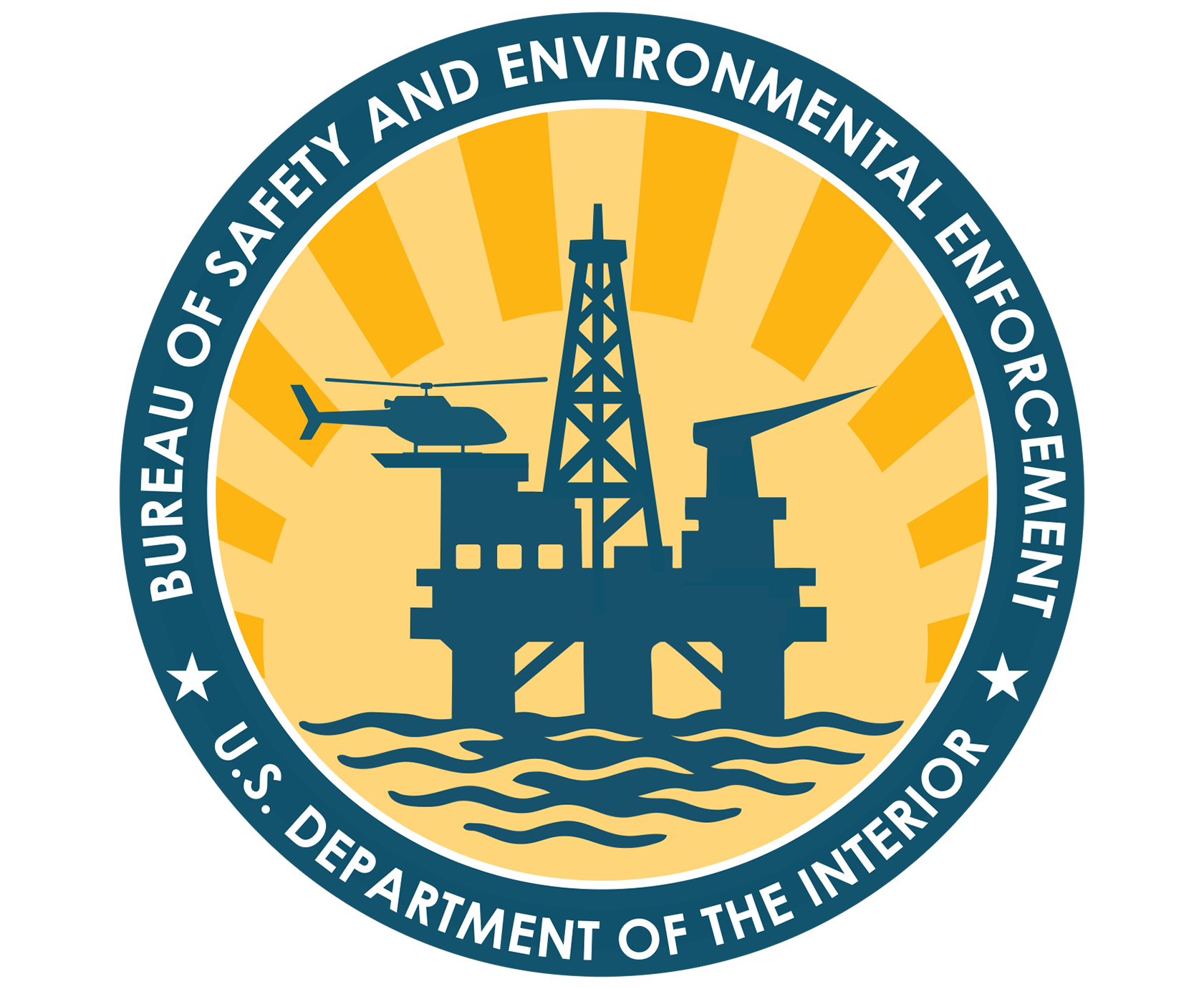This project aimed to validate and improve the two correlation models using a well know oil spill model OILMAP, by adding crude oils from outside the GOM for which physical and chemical properties are available, introducing ten new crude oils from the GOM for which physical and chemical properties were measured in this study, considering existing data from large tank tests and field trials/spills, and using data from new small tank tests. The project also aimed to evaluate the sensitivity of the models to water temperature, wind speed and the oil viscosity with the goal to include effects of these parameters into the models.
The Main conclusions of this study are:
Time-window predicted using the SL Ross oil spill model SLROSM and the two correlation models were very different from the time-window predicted using OILMAP oil spill model.
Time-window predicted using OILMAP is not correlated with wax and sulfur contents and shows some correlation with saturates content.
Simple correlation and Principal Component Analysis (PCA) techniques showed that the time-window predicted using OILMAP is strongly correlated with oil viscosity measured at 15 ℃. The data showed two distinct trends for viscous and less viscous oils. The separation occurs at a viscosity of about 33.5 cP. Based on orthogonal regression using PCA analysis, two models were developed to predict the time-window for oils with oil viscosity below and higher than this reference viscosity.
Sensitivity study of the new models to oil spill volume, wind speed, temperature and cutoff viscosity was conducted. A total of 9450 OILMAP simulations were run and the data processed to develop models to take into account the effects of these parameters on the prediction of the time-window. These models were tested using the 9450 data points for the time-window.
The new models were validated using dispersant effectiveness tests conducted by SL Ross (2012) at the Ohmsett facility. Results showed that the new models perform better than the original correlation equations proposed by SL Ross (2007).
This study showed also that further research is needed to improve the prediction of the time-window using physicochemical properties of the oil. This requires, among others, conducting additional large tank tests where both the weathering and the effectiveness of oil are tracked for a long period of time.
More importantly, it is of paramount importance to note that that development of the new models was based on the data generated using OILMAP oil spill model. As such, the accuracy of the new models to predict the time-window for application of chemical dispersant is directly related to the accuracy of this model oil weathering under different weather conditions and for different oils.
This Project has been completed.
